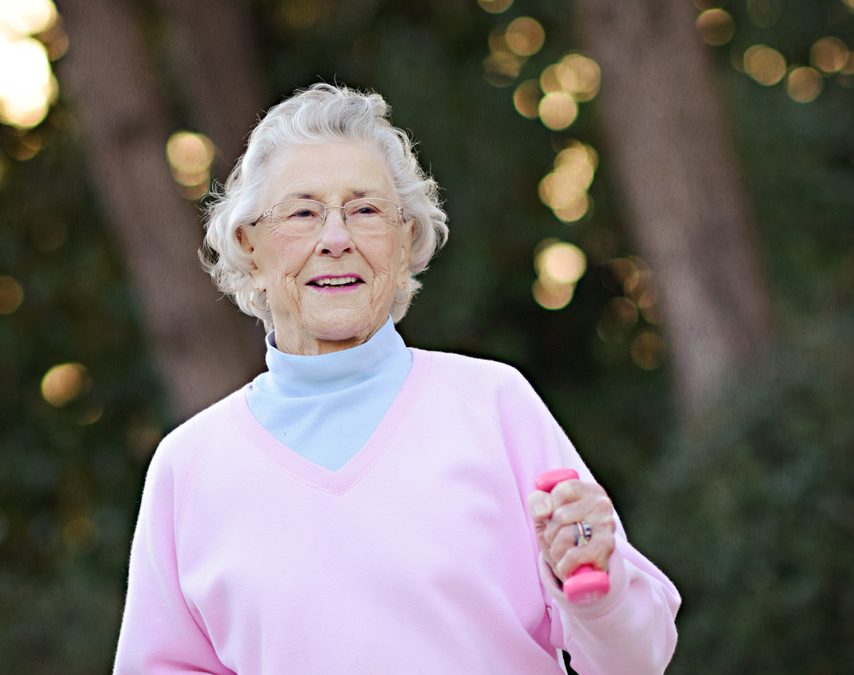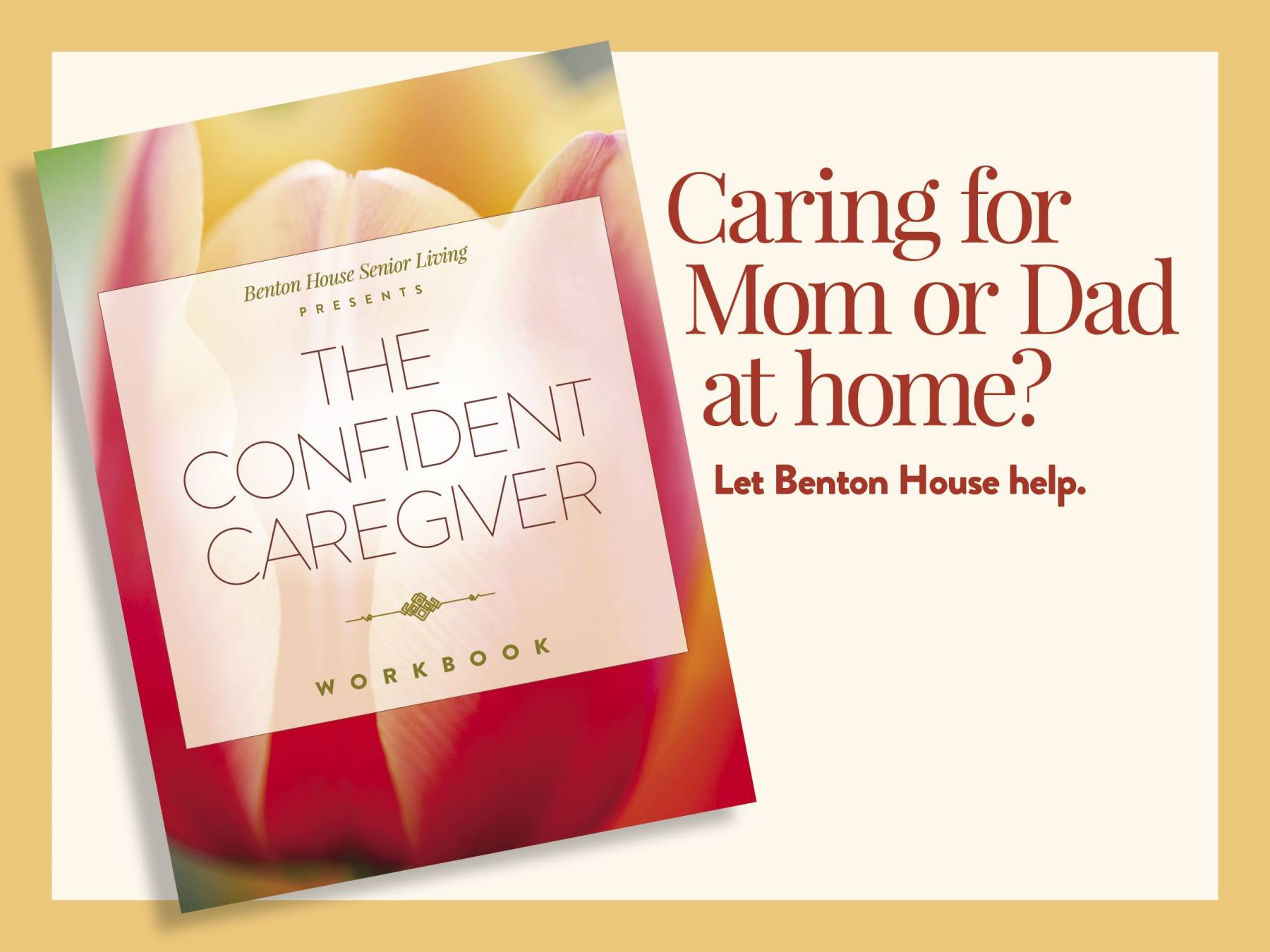As a caregiver, do you ever wonder how important senior fitness actually is?
Do you feel unsure sometimes how to support your aging parent or loved one to stay active? Curious what types of exercises can help your loved one remain healthy?
With all the information out there, it can seem overwhelming. But at the root of it, senior fitness is actually quite simple.
Let’s explore the three types of exercises older adults need.
What Three Types of Exercises Are Recommended For Senior Fitness?
Here’s an unfortunate truth:
Just 38.5% of Americans 65 and older met aerobic activity guidelines in 2016. Even fewer (17.5%) meet muscle strengthening guidelines, according to a 2016 CDC study.
But regular exercise is essential to health and well-being in older adults.
As we age, physical fitness helps protect us from many diseases, including diabetes, stroke, and some types of cancer. Besides that, exercise can help improve mental health, delay dementia onset, and generally improve quality of life.
So what, exactly, does physical fitness mean?
The CDC recommends a combination of three specific types of exercise to prevent and delay health challenges for older adults: aerobic activity, muscle strengthening, and balance exercises.
Aerobic Activities For Older Adults
For aerobic activity, the CDC recommends at least 150 minutes of moderate exercise each week for older adults.
This can break down in many different ways, but here’s one common example: about 30 minutes per day, five days a week, of brisk walking.
If seniors want to dial up the intensity to what the CDC considered vigorous activities, recommended time can lower to 75 minutes per week. Intensity refers to how hard your body is working during exercise. You can tell you’re doing appropriately vigorous exercise for your body when you feel your heart rate increase and it’s hard to say more than a few words without pausing to catch your breath.
This means vigorous intensity activities differ from person to person based on fitness levels, but common examples include hiking, water aerobics, and running.
Your loved one can stick to either moderate or vigorous activities, or try a mix of the two.
Muscle Strengthening Activities For Older Adults
Besides aerobic activity, the CDC recommends at least two days per week of activities that work all major muscle groups.
Muscle strengthening should target legs, hips, back, abdomen, chest, shoulders, and arms. These types of activities support older adults in retaining muscle mass as they age.
The key to gaining benefits? Finding their edge. For optimal health, it’s crucial to repeat muscle-strengthening activities to the point where another repetition would be too hard to do without support.
Whether at home or a fitness center, there are many types of activities that strengthen muscles.
Popular examples that require a gym or investing in a little equipment include using free weights, resistance bands, and exercise machines.
However, using your own body weight can be just as effective. Classic examples include push-ups and sit-ups. Exercises that overlap into hobbies can be wonderful, too, like intensive gardening and more strength-focused yoga.
Balance Activities for Older Adults
Don’t leave balance activities out! In addition to strength training and aerobic exercise, devoting time to practicing balance has major benefits for older adults.
In fact, a CDC study suggests that an exercise program that includes both balance activities and functional exercise (a type of strength training) reduces the risk of falls in older adults by 24%.
And if seniors spend more time on this combo of exercise? That reduction in fall risk nearly doubles, at 42%.
So what counts as a balance activity?
Walking backward, stranding on one leg, or wobble boards all help to improve balance. Many yoga poses, such as tree pose, are also wonderful for balance.
Next Steps
You want to support your aging parent in getting the recommended exercise to stay healthy and well.
And while there are countless specific exercises out there to choose from when it comes to senior fitness, the most important part is simply to remember the three crucial categories: aerobic exercise, strength training, and balance activities.
Could you use more tangible help when it comes to helping your loved one stay fit and active? We offer tailored caregiver assessments — plus actionable support — completely free of charge.
Simply call us at 855-461-2552 or send us a message, anytime.



